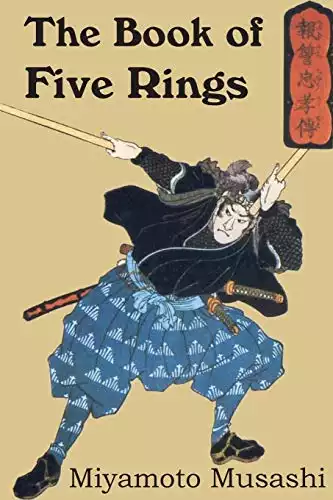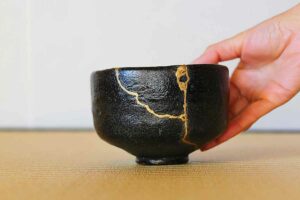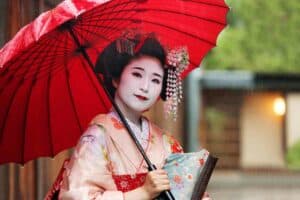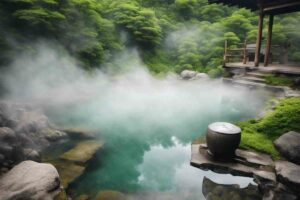Samurai warriors are synonymous with military nobility in Japan.
These well-paid warriors had special privileges and high prestige in Japan and often wore two swords.
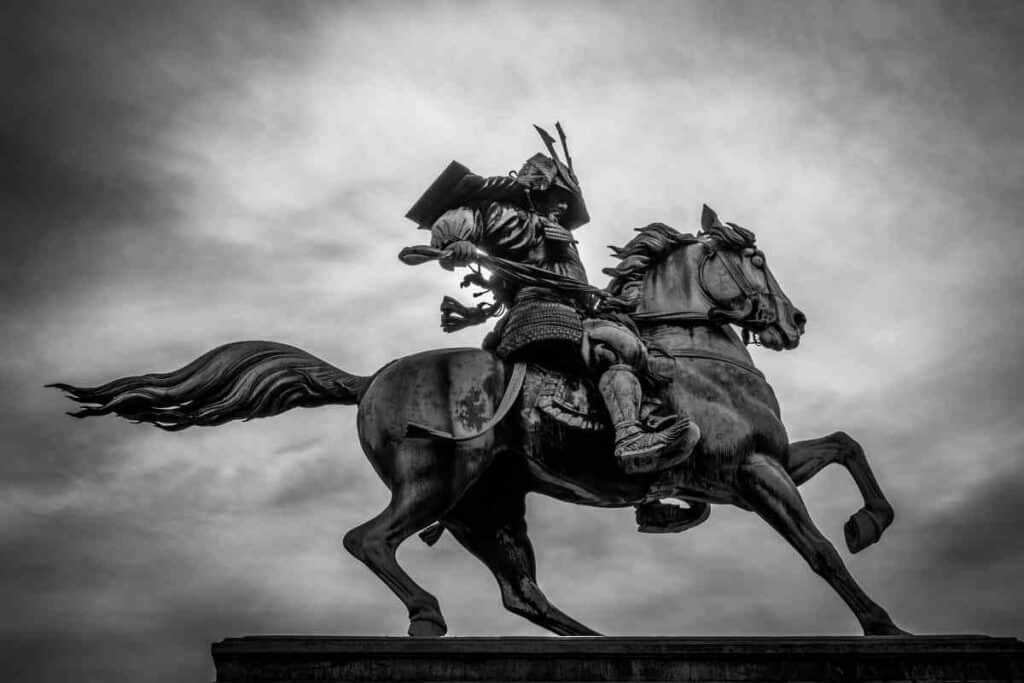
They also had the right to use them to kill anyone from the lower classes in certain situations.
Their skillset and bushido code meant they promoted unresponsiveness to pain, martial values, unwavering loyalty, and engaged in many battles.
Let’s take a look at 10 famous samurai warriors from Japan.
Table of Contents
1. Sanada Yukimura
Sanada Yukimura (1567 – 1615) was hailed as a great Japanese warrior in his day.
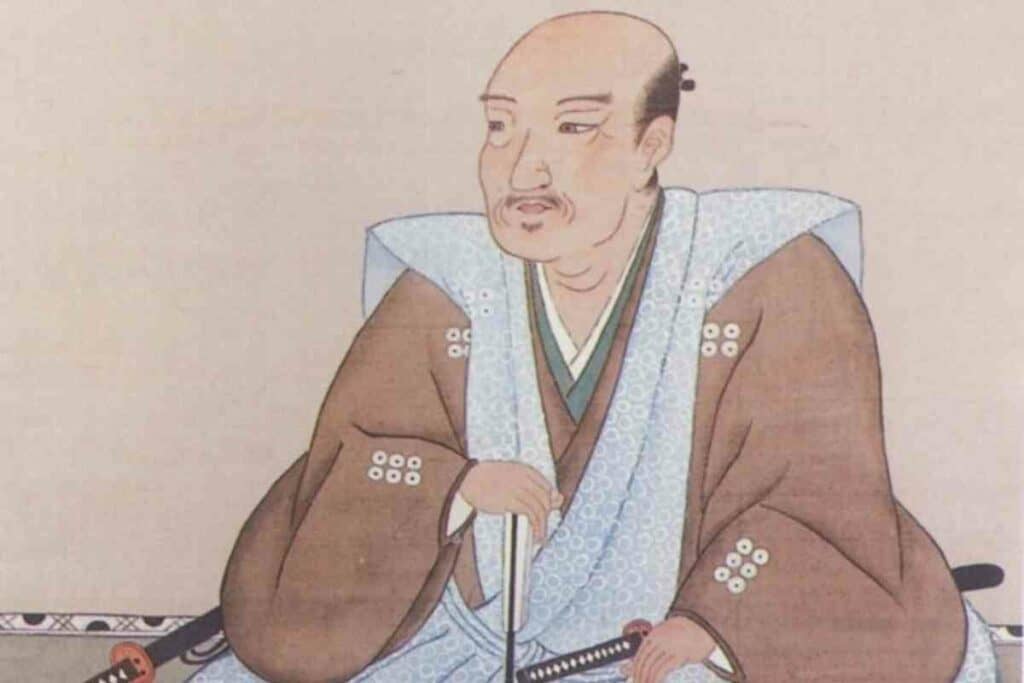
He battled bravely against the riotous early stages of Tokugawa rule over Japan.
Defending Nagano’s Ueda Castle, meant that Tokugawa’s troops (all 40,000 of them) would not arrive at the Battle of Sekigahara on time.
Of course, he won in the end. But Yukimura oversaw the defense in the final stages during the Siege of Osaka. His fierce fighting led to Tokugawa’s army accepting an armistice.
Unfortunately, Yukimura fought once more some months later and perished as a result.
2. Miyamoto Musashi
Though he did not have some of the luxuries as other famous samurai warriors, Miyamoto Musashi certainly held his own when it came to dueling.
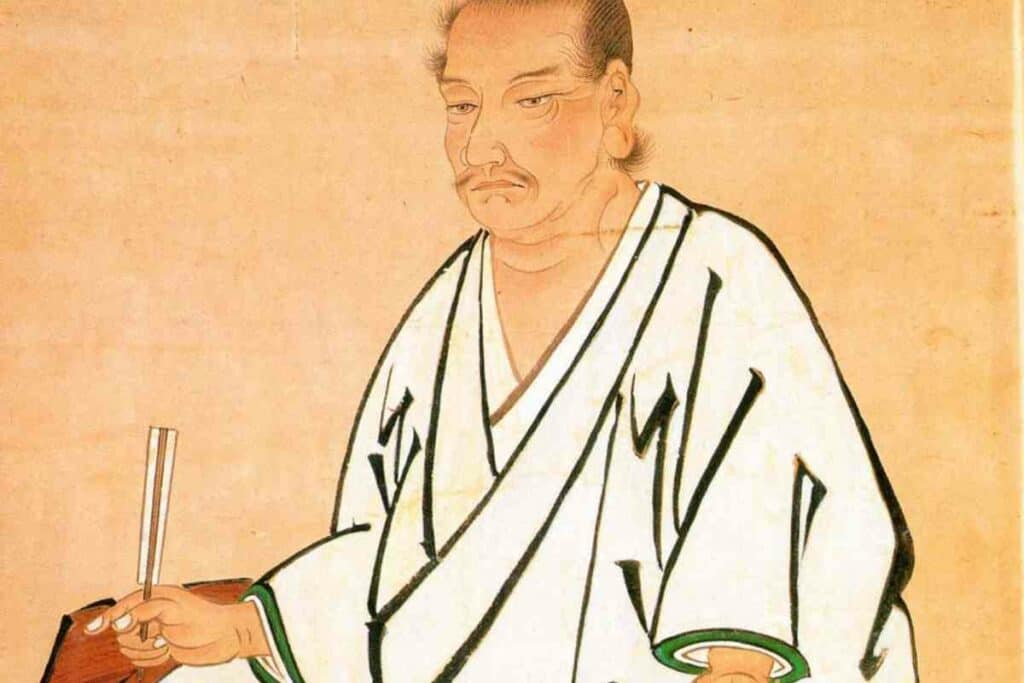
He remained undefeated in over 60 duels and set up many swordsmanship schools later in his life.
He also wrote The Book of Five Rings, which is still often read today and offers insight into his philosophy and dueling tactics.
Miyamoto Musashi’s “Go Rin no Sho,” the “Book of Five Rings,” is a classic on military strategy, similar to “The Art of War” and “Arthashastra.” It emphasizes self-mastery as the key to conquering life’s challenges.
His book tells us that he was born in the Harima Province in a village of the same name, Miyamoto. His father was also a swordsman who served a lord in Takeyama Castle, overlooking the village.
Musashi was reckless and daring, winning his first duel at the tender age of 12, perhaps 13.
This open challenge was sprung upon a traveling samurai and Musashi stunned his opponent before beating him to death.
3. Yasuke
A non-native, Yasuke stunned the Japanese with his presence when he was brought from Africa as a slave in 1579.
Having never seen a black person before, Yasuke caused a stir and he was asked to visit Oda Nobunaga, a powerful warlord at the time.
The warlord was impressed by his stature and strength and ordered Yasuke to strip, rubbing his skin to see if he was simply painted with ink.
At 6 feet 2 inches, Yasuke was made Nobunaga’s bodyguard and was later elevated to samurai rank in 1581.
As the warlord’s sword-bearer, Yasuke battled Akechi Mitsuhide’s forces after his previous master was forced to die by suicide.
Escaping to Azuchi Castle – He served Nobunaga’s son until he became Mitsuhide’s next victim.
Surrendering his sword, Mitsuhide was ordered to return to Kyoto’s Jesuit Mission from where his presence in the country as a slave had originated.
The rest of Yasuke’s story is unknown, in the same way as the story of his early life.
4. Uesugi Kenshin
Living between 1530 and 1578, Uesugi Kenshin was the son of a formidable warlord.
Famous for both his military competency and rivalry with Takeda Shingen, he secured the Echigo Province and became known as the Dragon of Echigo.
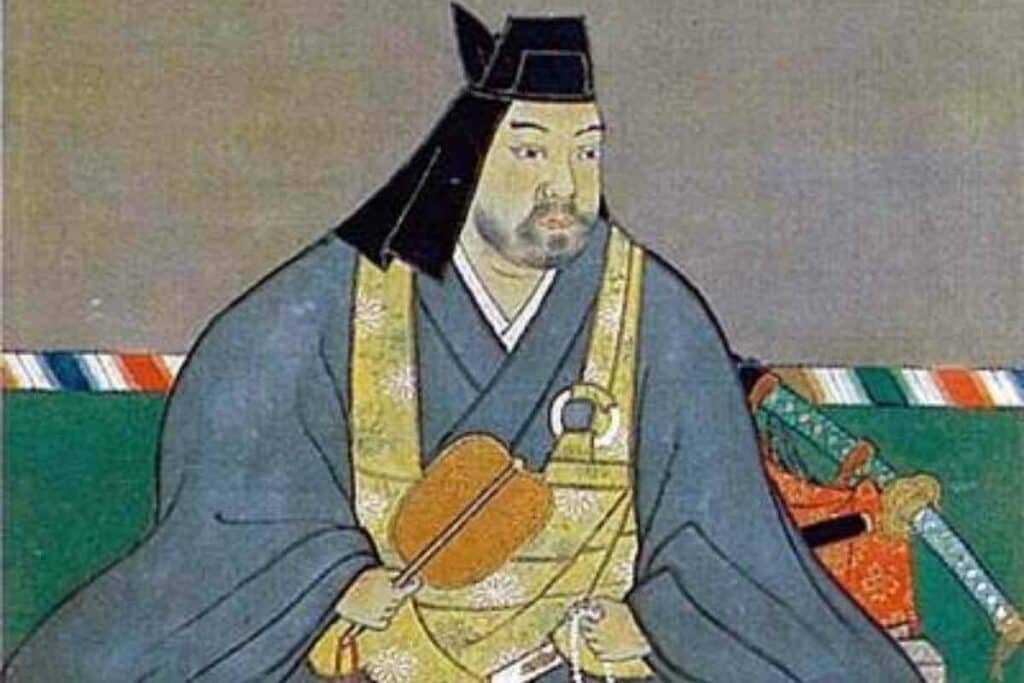
Kenshin battled Shingen many times at Kawanakajima which is what is now known as Nagano City. Most battles here were meager scuffles.
However, in 1561, Kenshin nearly vanquished Shingen, even riding right into his command post. Shingen was not prepared for battle and defended himself with a simple iron fan.
Later In His Life – Kenshin got together an army and allied with Takeda so that he could continue his onslaught on Oda territory.
However, he died before he could launch his attack. His tombstone is still visible at a temple in Joetsu City near where he studied martial arts and Zen when young.
5. Minamoto no Yoshitsune
An earlier samurai warrior, Minamoto no Yoshitsune was born in 1159 and died in 1189.
He was a key player in the Genpei War between the Taira (Heike) and Minamoto (Genji) clans.
He came from difficult beginnings with most of his family killed during the Heiji Rebellion when he was a baby.
Handed to the monks in the Kurama Temple, Yoshitsune was later protected by the head of the Northern Fujiwara Clan, Fujiwara no Hidehira.
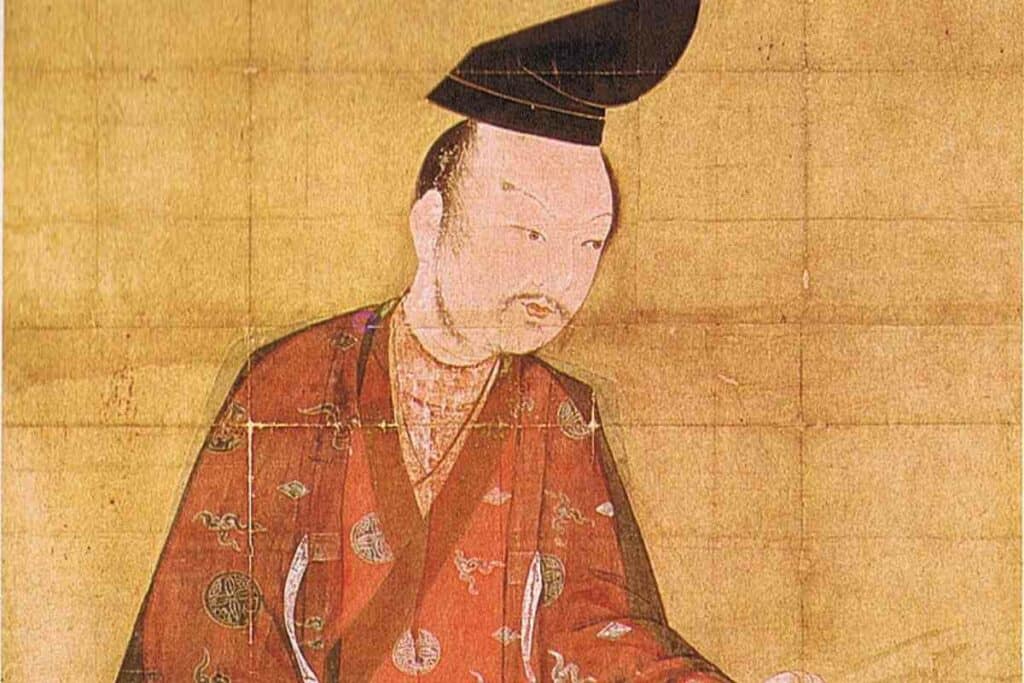
Yoshitsune took his clan to battle, winning many victories including defeating the Taira Clan at Dan-no-Ura.
Yoshitsune was later betrayed by his own son who surrounded his home, forcing him to kill himself. His death is famous as the Standing Death of Benkei.
Benkei was a fearless warrior monk working as Yoshitsune’s retainer. Benkei is said to have killed over 300 warriors singlehandedly whilst guarding a bridge that led to Yoshitsune’s home.
He was eventually attacked by arrows but remained standing and is said to have died standing on his feet and did not fall.
One of Japan’s tragic heroes, Yoshitsune is still a popular figure today.
6. Takeda Shingen
Descending from another clan, the Minamoto Clan, Takeda Shingen was often called the Tiger of Kai.
This is because he was a rival to Uesugi Kenshin. Shingen actually overthrew his father and took control of the clan in the mid-1500s.
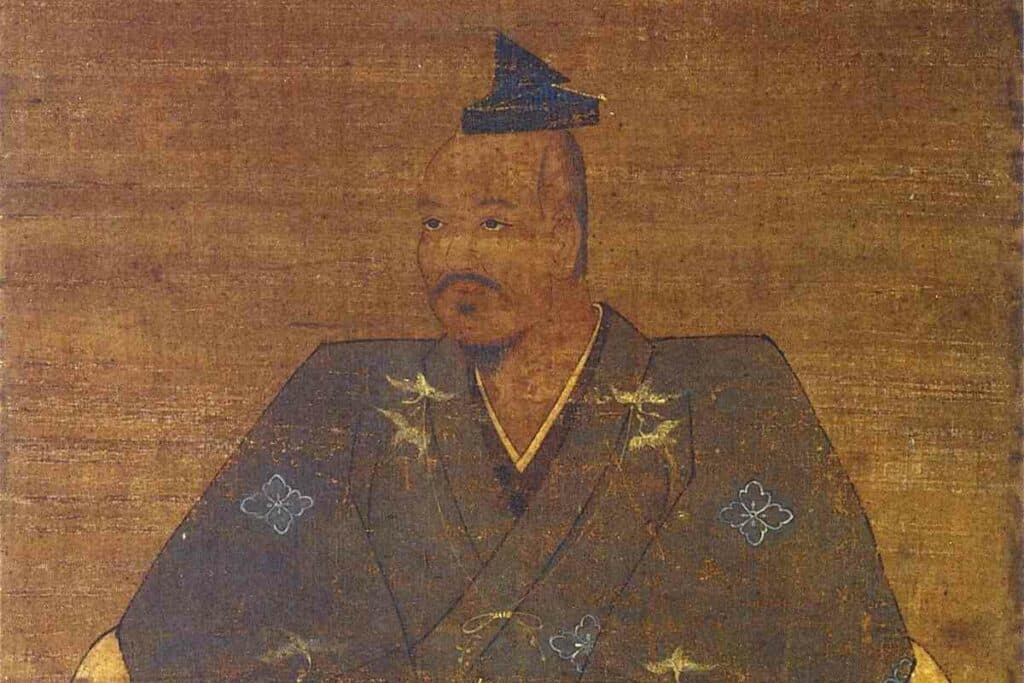
Eventually, Shien teamed up with Ieyasu, claiming the Suruga Province in 1569 before betraying both Ieyasu and Nobunaga and attacking the Oda-Tokugawa armies in 1572.
Shingen had the tactical and martial ability to thwart Nobunaga’s conquest of Japan. However, in 1573, he died at his camp from either a war wound or a disease.
Shingen has his own festival in modern-day Japan, celebrated every year on April 12. You can see why he’s one of the most famous samurai warriors from Japan!
7. Date Masamune
Born in what is now the Yamagata Prefecture, Date Masamune directed his first crusade aged 14, succeeding his father just three years later.
By 1589, he’d conquered a sizable proportion of the Tohoku region, as it’s now known.
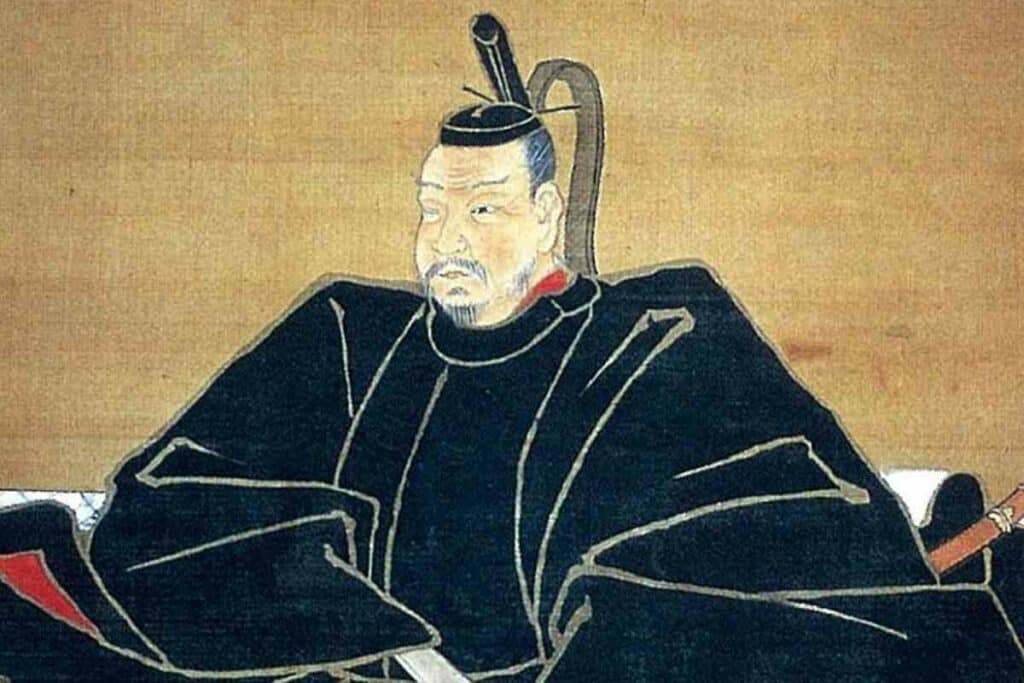
During the Siege of Odawara and after the unification of Japan by Hideyoshi, he also joined in the campaigns in South Korea which ultimately failed.
When Hideyoshi died, Masamune teamed up with Ieyasu at the Battle of Sekigahara (1600) and the Siege of Osaka (1615).
Read Next 📖
He was then rewarded with the Sendai Domain, founding Sendai city in 1604.
Masamune was a well-respected warrior and is quoted as saying,
“Rectitude carried to excess hardens into stiffness; benevolence indulged beyond measures sinks into weakness.”
He is known as The One-Eyed Dragon due to being blind in one eye after a smallpox infection when young.
8. Toyotomi Hideyoshi
Considered one of Japan’s Great Unifiers, responsible for bringing the country back together after the Warring States Period (1467 – 1590), he helped to lay the foundations of modern-day Japan.
Toyotomi Hideyoshi was the son of a soldier and joined Oda Nobunaga’s army as a foot soldier at the Battle of Okehazama. During this battle, Nobunaga defeated Yoshimoto and became dominant.
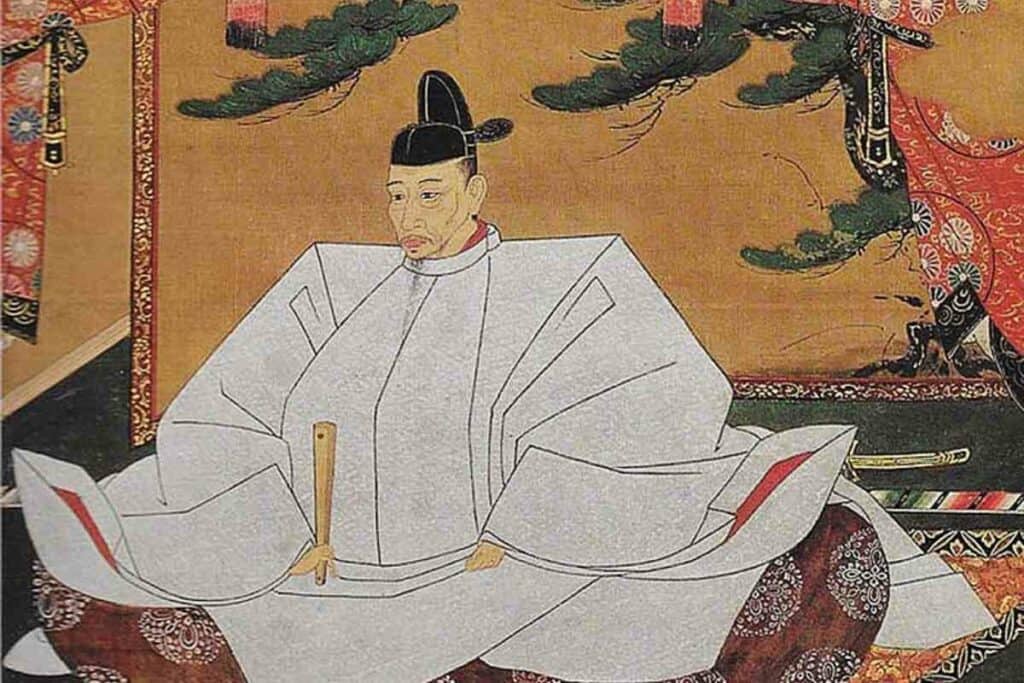
Hideyoshi helped repair Sunomata Castle in support of Nobunaga’s siege. Hideyoshi went on to annihilate the Akechi army.
After the Warring States Period ended in 1590, Hideyoshi began to focus on Ming China, desiring to conquer the country via Korea.
His ambitions ended after two unsuccessful Korean campaigns. He did not see the second campaign finish as he died whilst his army was still over there.
Aside from strength in battle, Hideyoshi had a rather cultured side, enjoying tea ceremonies and Noh plays.
9. Tokugawa Ieyasu
Unfortunately giving rise to the name of a shogun, Tokugawa Ieyasu was born in 1543 to the daimyo of the Mikawa Province.
Ieyasu was kidnapped aged five by the Oda Clan where he remained as a hostage.
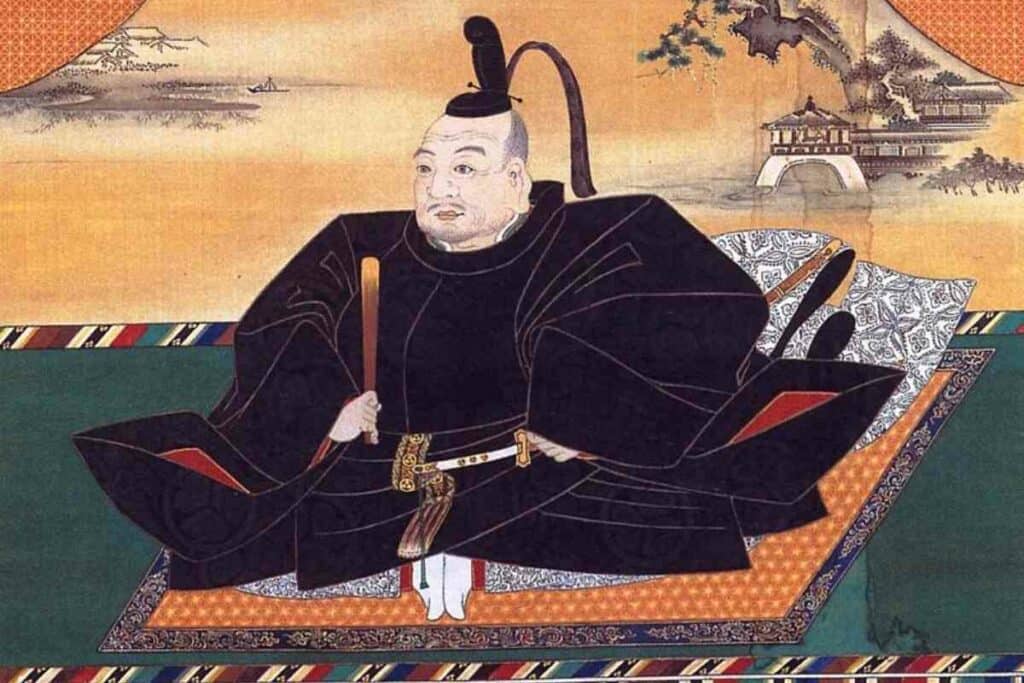
By six, his father had been murdered and by nine, he was transferred as a hostage to Sunpu until age 13. After this, he joined in battles against the Oda with the Imagawa.
When Yoshimoto (Imagawa leader) was attacked and killed by Nobunaga, Ieyasu switched sides, joining the Oda.
Allying with Shingen – He captured the Suruga Province and then teamed up with Kenshin, turning on Shingen.
His determination to be victorious came at any cost. He even allowed his wife to be executed and forced his son’s death by suicide.
He then named his third son as his heir as his second son was adopted by Hideyoshi.
At 63, he was given the title of shogun by then Emperor Go-Yozei, building up Edo, his capital, which is now modern-day Tokyo. Dying aged 73, he was enshrined at the Nikko Toshogu Shrine.
10. Oda Nobunaga
Within Japan, it is Oda Nobunaga that claims the top level of respect amongst the Japanese.
An extraordinary strategist and warrior, he set the nation on a path of reunification, ending the Warring States Period.
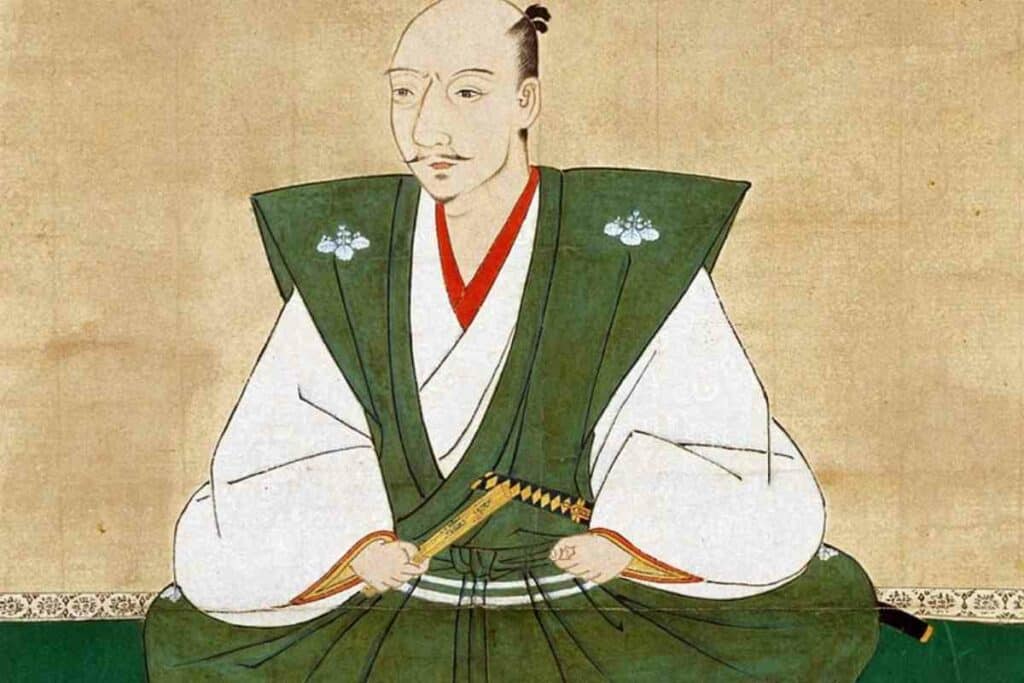
Collaborating with allies and his vassals, Nobunaga was successful in bringing mainland Japan’s southern half within his control, setting the foundations for full national unification.
After Nobunaga was betrayed and died in 1582, Toyotomi Hideyoshi saw the plan through to its end and both he and Ieyasu earned the rewards.
Despite this, Oda Nobunaga is seen as the greatest of the Three Great Unifiers. People in Japan say today that
“Nobunaga pounds the rice cake, Hideyoshi kneads it, and Ieyasu sits down and eats it.”
Final Thoughts on 10 Famous Samurai Warriors from Japan
These skilled fighters brought about conflict and change in Japan with many responsible for leading the nation to its unified state after a tumultuous time.
It’s fair to say that, without some of these famous samurai warriors, Japan would not be the same place that we know and love today.
Read Next
- Japanese Wedding Traditions (Venue, Dress & Food)
- Kintsugi: Perfectly Imperfect Ceramic Art (with 8 Examples)
- 5 Best Japanese Makeup Brushes for a Flawless Finish
- Maiko Vs Geisha Compared: What Are the Differences?
- Japanese String Instruments (9 Famous Ones)
- Best Onsen Destinations In Japan (10 Top Locations)

